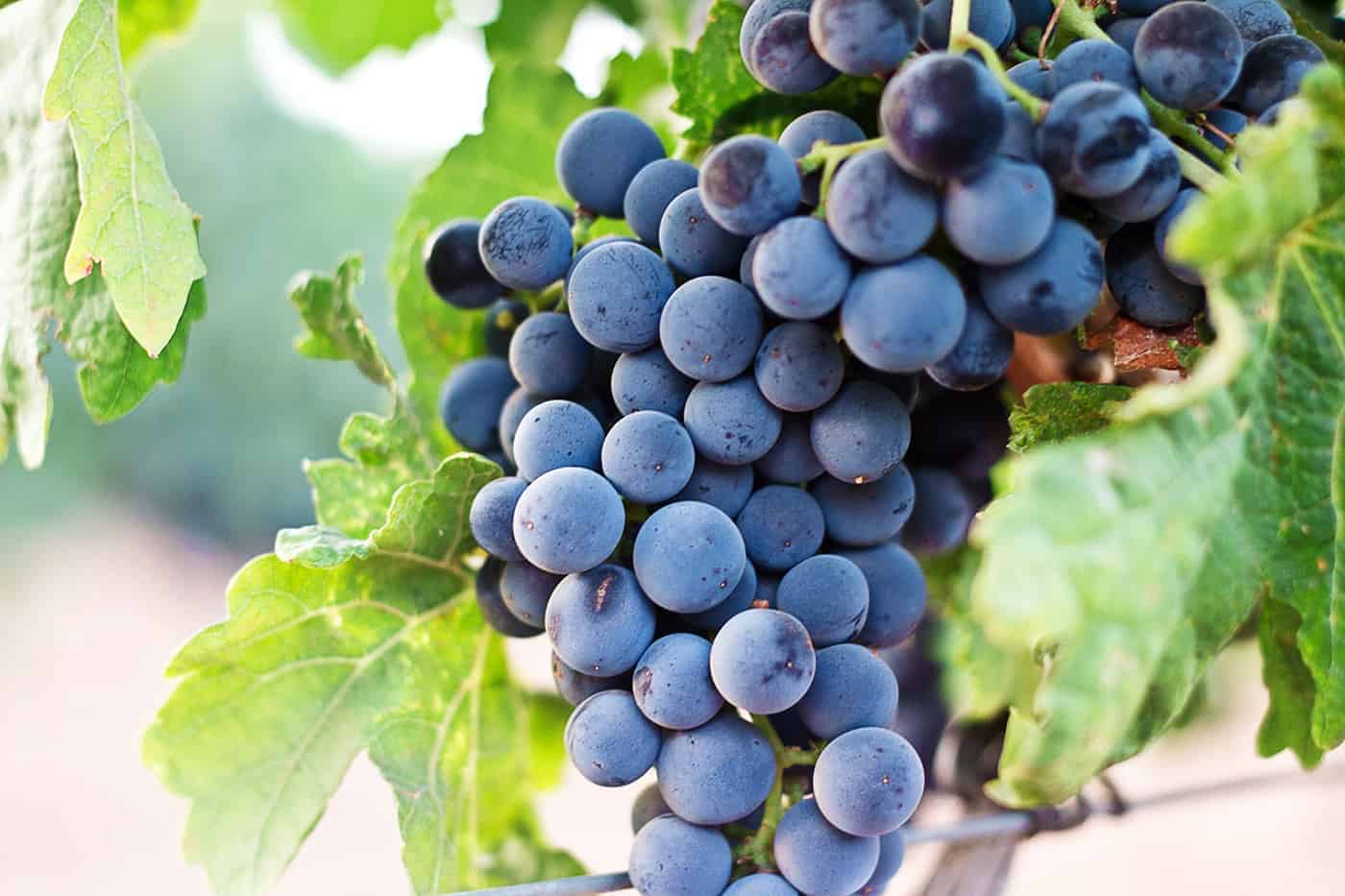Puglia — An Italian Wine Region on the Rise
Tuscany, Veneto, Sicily, and Piedmont are all big names when it comes to Italian wine. However, as trends shift and consumers continue to seek out quality, some wine regions once regarded as nothing more than mass producers are changing their approach and garnering attention. One such region is Puglia. Located on the southeastern heel of Italy's boot, this coastal wine-growing region— flanked by the Adriatic Sea to the east and the Ionian Sea to the south and west— has found its footing in recent decades and continues to earn prestige and recognition for its wines.

Puglia's unique position, with its extensive 400-mile coastline (the longest in Italy) and varied terrain, creates a diverse range of microclimates ideal for viticulture. The region's limestone-rich soils and its Mediterranean climate contribute to the distinctive character of its wines. Cool breezes from the surrounding waters help moderate vineyard temperatures, providing ideal conditions for growing grapes.
Winemaking in Puglia boasts a rich history dating back to the ancient Greeks, who recognized the region's potential for viticulture. In the past, Puglia's wines have played a significant role in the Italian wine trade, often being used to bolster the body and alcohol content of wines from northern regions. This historical role, however, led to Puglia being regarded primarily as a mass producer of table and blending wines for much of the 20th century.
It wasn't until the end of the 20th century when consumers began demanding higher quality wines and Puglia winemakers changed their approach to winemaking. By reducing yield restrictions and adopting new winemaking methods, Puglia has overcome much of the hardship it faced at the end of the last century and repaired much of the damage to its reputation. Today, Puglia boasts more than two dozen DOCs (Denominazioni di Controllata), placing it on the same playing field as other prominent wine-growing regions.
Celebrated varietals from Puglia span the entire region, from “true Puglia” in the south, heavily characterized by its Greco-Roman past, to the hillier north, where winemaking customs have historically been more traditional. Across Puglia's more than 25 wine-growing sub-regions, a wide range of varietals — nearly all of them red — are produced. Among these, three of the most prominent are Primitivo, Negroamaro, and Bombino Nero.

Primitivo
Dark-skinned, fruity, and tannic, if this rich, full-bodied red reminds you of Zinfandel, that’s because it is. Originally from Croatia, Primitivo grapes were introduced in Puglia centuries ago, before southern Italian immigrants to America brought the varietal to California in the 1800s, where it was planted and renamed Zinfandel. Grown across Puglia, Primitivo translates in English to "early one," a fitting name for a grape that ripens earlier than other varietals. Primitivo pairs well with just about any type of meat, sharp cheddar cheese, grilled vegetables, and anything smoked or charred. If you want to experiment with a traditional recipe, try the Puglian Pizza Rustica— a rustic pizza filled with caramelized onions, tomato sauce, anchovies, and olives.
Negroamaro
Grown throughout southern Puglia, Negroamaro is the most widely grown grape variety in the region. Characterized by notes of plum, berry, and spice, the aptly named Negroamaro translates to "black bitter" in English. Due to their versatility, Negroamaro grapes are used in making everything from big, heavy wines, to more delicate and aromatic rosés. Negroamaro is used in various DOCs— most famously in Salice Salentino. Because Negroamaro manifests in different forms, it pairs well with a variety of foods, including fatty meats like lamb. Pairing it with barbecue beef or teriyaki enhances the black fruit hints and brings out the sweetness in this wine.
Bombino Nero
Unlike Primitivo, Bombino Nero grapes, which are grown in Puglia, as well as the neighboring region of Basilicata and the island of Sardinia, are usually the last to ripen, resulting in a grape that is high in acidity and low in sugar. Because of this, Bombino Nero grapes are rarely the star of the show. Instead, they’re used for blending, or as a color enhancer for some rosés. Like many wines from Puglia, Bombino Nero in its red blends pairs well with braised beef, while in its rosè version, is perfect with seafood dishes like stuffed mussels.
As Puglia continues to refine its winemaking practices and gain recognition on the global stage, it faces both opportunities and challenges. Climate change is pushing winemakers to adapt their techniques and explore cooler, higher-altitude vineyards. Meanwhile, a new generation of winemakers is embracing innovation while honoring tradition, promising an exciting future for Puglian wines.
Wine lovers today travel near and far to sip the wines of the region, a testament to Puglia's successful transformation from a producer of bulk wines to a creator of quality, distinctive vintages that express the region's unique terroir. Pair Puglia's wines with its timeless rural landscapes, agricultural heritage, sun-bleached Greco-Roman architecture, and flavorful cuisine, and the allure of this Mediterranean oasis becomes hard to resist.
Discover more about the beauty of Puglia and how to plan your perfect trip with us.
